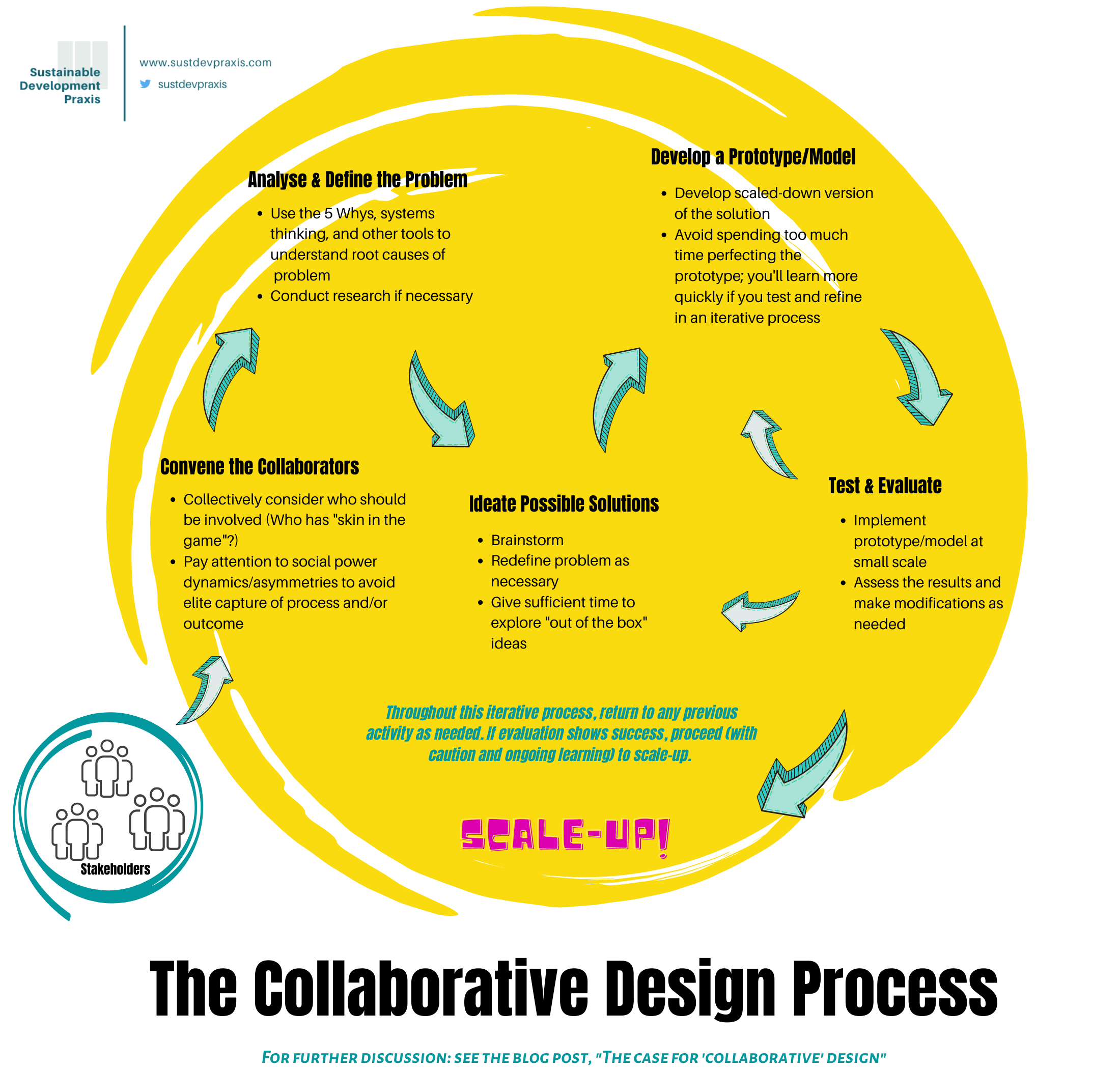In this blog post, I critically reflect on the implications of different adjectives commonly used to describe approaches to design thinking (e.g., user-centered, participatory, community-based). In so doing, I also make the case for revising how we conceptualize the first step in the design process for social innovation.
Author: Mercedes Ward

We all have a tendency to interpret the world according to the concepts, terms, and issues with which we are familiar. Specialists excel at this. That is their strength—and that is their Achilles’ heel.

After five years of managing monitoring and evaluation (M&E) efforts for a $10 million USAID-funded project awarded to the University of Utah, I suppose I’ve learned a few things about how to do M&E well.

Proxy indicators are absolutely useful and provide important information for decision-making and course corrections — but proxy indicators should never be conflated with the actual goal they are designed to measure.

Development aid interventions are designed to create change — but often the real development challenge is not creating change but sustaining it post-donor funding.

Higher education institutions (HEIs) transition towards sustainability when this transition is championed by campus visionaries — whether administrators, faculty, staff, and/or students. These visionaries not only see alternative, more sustainable, ways of doing things, they also help others to see and embrace those alternatives.
